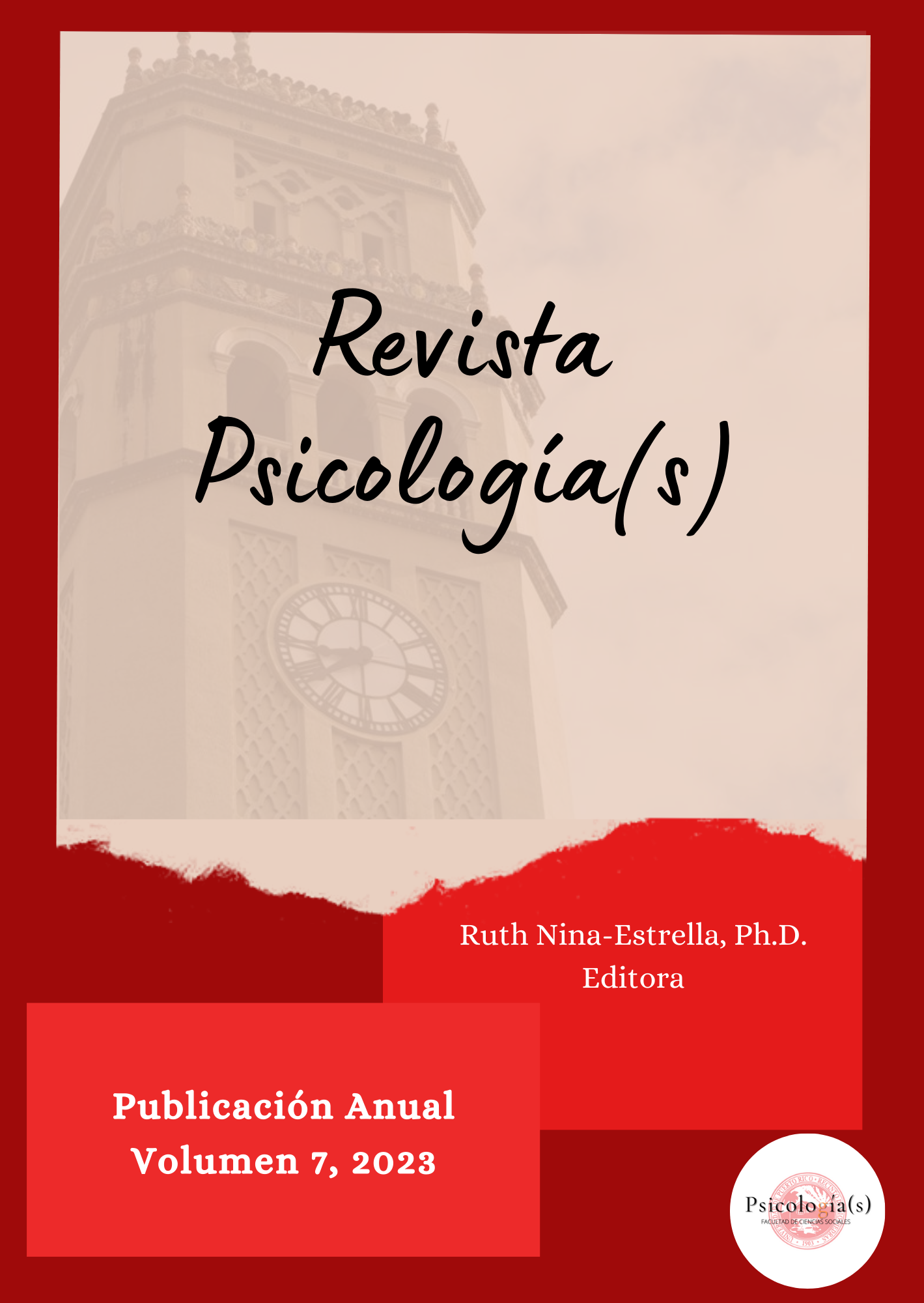Abstract
Understanding the impact that media can have on people and, particularly, marginalized groups is key to bringing about change and a more accepting society. Thus, I have analyzed the portrayal of schizophrenia in Donnie Darko (2001), emphasizing the impact stereotypical portrayals of schizophrenia can have on individuals. I elaborate briefly on the history of schizophrenia as a diagnostic category and its current diagnostic criteria in the DSM-5-TR. The employment of techniques like a qualitative-based methodology, content analysis and a social constructionist framework allowed me to examine and understand how schizophrenia is portrayed, and how this can impact people. Finally, I have argued for the replacement of stereotypical portrayals of schizophrenia through accurate representations based on the deconstruction of social categories, and the real experiences of people with schizophrenia, wherein they can have a hand in defining their own portrayals in media.
References
Aceros, J. (2012). Social Construction and Relationalism: A Conversation with Kenneth Gergen. Universitas Psychologica, 11(3), 1001-1011.
American Psychiatric Association (2022). Schizophrenic Disorder En Diagnostic and Statistical Manual of Mental Disorders: DSM 5 (pp. 114-121). American Psychiatric Association Publishing.
Foucault, M. (1991). El sentido histórico de la alienación mental. Enfermedad mental y personalidad (pp. 88-102). Paidós.
Hernández-Sampieri, R., Fernández-Collado, C, & Baptista-Lucio, P. (2014). Metodología de la investigación (6th. ed.). McGraw-Hill. https://www.uca.ac.cr/wp-content/uploads/2017/10/Investigacion.pdf
Larrondo, C. (2007). LT 22 Radio La Colifata. Bausan Films. Sagrera, TVE.
McNally, K. (2016). A Critical History of Schizophrenia. UK: Palgram & Macmillan.
Parker, I. (1995). Psychotic Discourse. Deconstructing Psychopathology (p. 92-111). Sage.
Perciful, M., & Meyer, C. (2017). The Impact of Films on Viewers Attitudes towards People with Schizophrenia. Current Psychology, 36(3), 483-493. https://link.springer.com/article/10.1007/s12144-016-9436-0
Piñuel, J. (2002). Epistemology, methodology and content analysis techniques. Estudios de Sociolingüística, 3(1), 1-42.
Silverstein, S., Del Pozzo, J., Roché, M., Boyle, D., y Miskimen, T. (2015). Schizophrenia and violence: realities and recommendations. Crime Psychology Review, 1(1), 21-42. https://doi.org/10.1080/23744006.2015.1033154
Rodero, E. (2017). Por una narrativa política de la vulnerabilidad: enfermedad mental, dolor y democracia. http://madinamerica-hispanohablante.org/por-una-narrativa-politica-de-lavulnerabilidad-enfermedad-mental-dolor-y-democracia-estefania-rodero/
Owen, P. (2012). Portrayals of Schizophrenia by Entertainment Media: A Content Analysis of Contemporary Movies. Psychiatric Services, 63(7), 655-659. https://ps.psychiatryonline.org/doi/full/10.1176/appi.ps.201100371
Walsh, E., Buchanan, A., & Fahy, T. (2002). Violence and schizophrenia: Examining the evidence. The British Journal of Psychiatry, 180(6), 490-495. https://www.cambridge.org/core/journals/the-british-journal-of-psychiatry/article/violence-and-schizophrenia-examining-the-evidence/BEC530F212F98C0400D3D32CB2710BA9

This work is licensed under a Creative Commons Attribution-NonCommercial-NoDerivatives 4.0 International License.
Copyright (c) 2024 Psicologías

